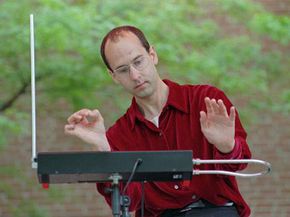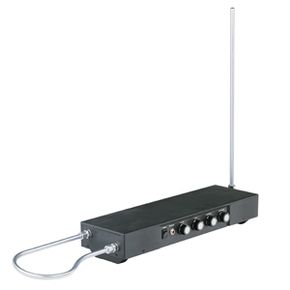Have you ever watched one of those lovably corny sci-fi flicks from the 1950s and wondered how they possibly made that eerie music -- you know, the kind that just sends chills up your spine? The answer is the theremin. The theremin's sound has since become synonymous with cult films like "The Day the Earth Stood Still" and "The Thing from Another World," which use the unique instrument to lend a dash of otherworldliness to the viewing experience.
But the history of the instrument goes back a little further. A Russian by the name of Leon Theremin invented it in 1919 when he was just 23 years old [source: Mattis]. Theremin demonstrated the device for Lenin and Einstein before coming to the United States and getting a patent for the invention. He later sold the rights to RCA, which proceeded to sell about 1,000 theremins [source: Grimes]. In addition to his namesake invention, Theremin also developed other musical gadgets and technology for security systems before he was forced to return to the USSR.
Advertisement
The instrument itself is a fascinating oddity that's gained a niche in the offbeat music world. Most remarkable is that it's an instrument you can play without touching. The thereminist in action resembles a conductor waving his or her hands in the air in front of the instrument, which looks like a podium with two protruding antennae. It may be a bizarre spectacle, but there's a method to this madness.
Ready to try your hand at the theremin? Beware: This instrument is notoriously difficult to master. With that in mind, you've got to start somewhere. It may take years of practice before you're ready for an audience, but we can get you started with the basics and some techniques.
Advertisement



